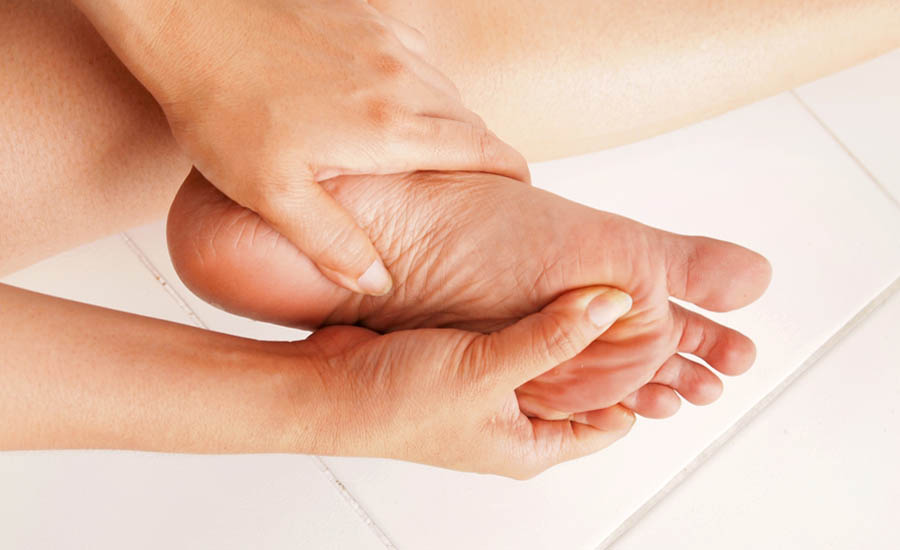The Big toe, great toe, or the medical term "hallux"-whatever you call that first toe of yours - it's an important digit you don't want to injure, because it could turn out to be a bigger problem than you think.
"The important thing to remember is that even though it's just a toe, an injury to the big toe can be a big problem," says Michael Cornelison, DPM, FACFAS, foot and ankle surgeon in Cupertino, CA and Fellow member of the American College of Foot and Ankle Surgeons. For this reason, medical attention is needed if the symptoms-pain and swelling-don't resolve after a few days.
More commonplace big toe injuries-such as stubbing your toe or dropping something on the toe also vary in severity and may involve broken bones, a ligament sprain, and a crushed or torn-off toenail. If the toe was injured by something sharp such as a lawnmower or weeding tool, the damage could include deep cuts or worse.
"The logical reaction to most big toe injuries is to think that it's just a mild sprain, and to simply rest and let it recover," says Dr. Cornelison. "That's fine, if the injury really is mild. But if the symptoms continue for more than two or three days, it may be more serious and it needs to be evaluated."
Timely evaluation is critical because waiting too long closes the "window of opportunity" for effective treatment and full recovery. This is especially true if the sesmoid bones-two very small bones in the area of the big toe-are broken or dislocated. If a broken bone is neglected, it could become a fracture that won't heal and could create problems down the road.
Treatment for a fractured sesmoid bone may seem out of proportion to its tiny size. It might include a prolonged period of wearing a cast and not bearing weight on the foot. In addition, the surgeon may use an ultrasound or electric bone stimulator to treat the injury. In some cases, surgery is performed to remove one or both of the fractured fragments.
Some factors can make a person more prone to big toe injuries, such as participating in football, soccer, basketball, baseball, dance, gymnastics, and other sports. In addition, people who have had previous injuries to the big toe or have arthritis around the big toe joint might be at higher risk.
Source: American College of Foot and Ankle Surgeons https://www.acfas.org/Media/News-Releases/Big-Toe-Injuries-Can-Be-More-Problematic-Than-You-Think/
